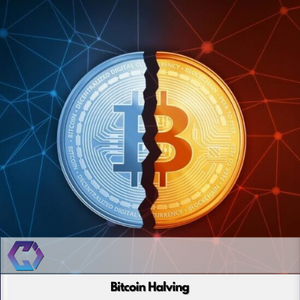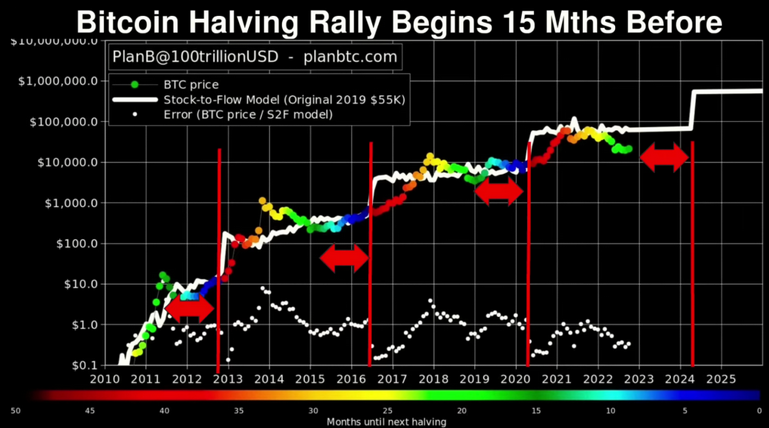
The bitcoin halving is a key event in the life cycle of the world’s leading cryptocurrency. This event, which occurs approximately every four years, involves a reduction in the rate at which new bitcoins are created and added to the network. The halving is designed to help control the supply of new bitcoins, and to ensure that the currency remains scarce and valuable over time.
The bitcoin halving is designed to help control the supply of new bitcoins, and to ensure that the currency remains scarce and valuable over time. When the first bitcoin halving occurred in 2012, the rate at which new bitcoins were created was reduced from 50 to 25 per block. The second halving, which occurred in 2016, reduced the rate to 12.5 per block. The third halving, which was scheduled to occur in May 2020, has reduce the rate to 6.25 per block.

One of the potential consequences of the bitcoin halving is a bull market for the cryptocurrency. In the lead-up to a halving, there is often increased speculation and anticipation among investors, as they try to anticipate the effects of the event on the market. This can lead to increased demand for bitcoin, which can drive up the price of the currency.
After the halving occurs, there is often a period of adjustment as the market adjusts to the new supply of bitcoins. This can lead to increased volatility in the market, as investors and traders react to the changes in the supply of new bitcoins. Over time, however, the market tends to stabilize, and the price of bitcoin tends to rise as the reduced supply of new bitcoins leads to increased scarcity and value.
There are a number of potential factors that can contribute to a bullish market for bitcoin after a halving. One of the key drivers is the reduced supply of new bitcoins. As the rate at which new bitcoins are created is reduced, the overall supply of the currency is slowed, which can lead to increased scarcity and value. This can make bitcoin more attractive to investors and traders, who are looking for opportunities to profit from the increased demand for the currency.
Another factor that can contribute to a bullish market for bitcoin after a halving is the increased interest and adoption of the cryptocurrency. As the halving receives widespread media attention, it can raise awareness of bitcoin and its potential uses and benefits. This can lead to increased interest in the currency among potential users, investors, and businesses, which can drive up demand and prices.
In addition, the halving can also have a positive impact on the broader cryptocurrency market. As the price of bitcoin increases, it can generate positive sentiment and confidence among investors and traders. This can lead to increased demand for other cryptocurrencies, such as Ethereum, Litecoin, and Ripple, which can also drive up their prices. This can create a positive feedback loop, where the bullish market for bitcoin leads to increased demand for other cryptocurrencies, which in turn can drive up the price of bitcoin even further.
Overall, the bitcoin halving is a key event in the life cycle of the cryptocurrency, and can have significant implications for its price and the broader market. While the short-term effects of the halving on the market are difficult to predict with certainty, the event has the potential to trigger a bullish market for bitcoin and other cryptocurrencies. By understanding the factors that can contribute to this bullish market, investors and traders can position themselves to take advantage of any potential opportunities




































































































































































































